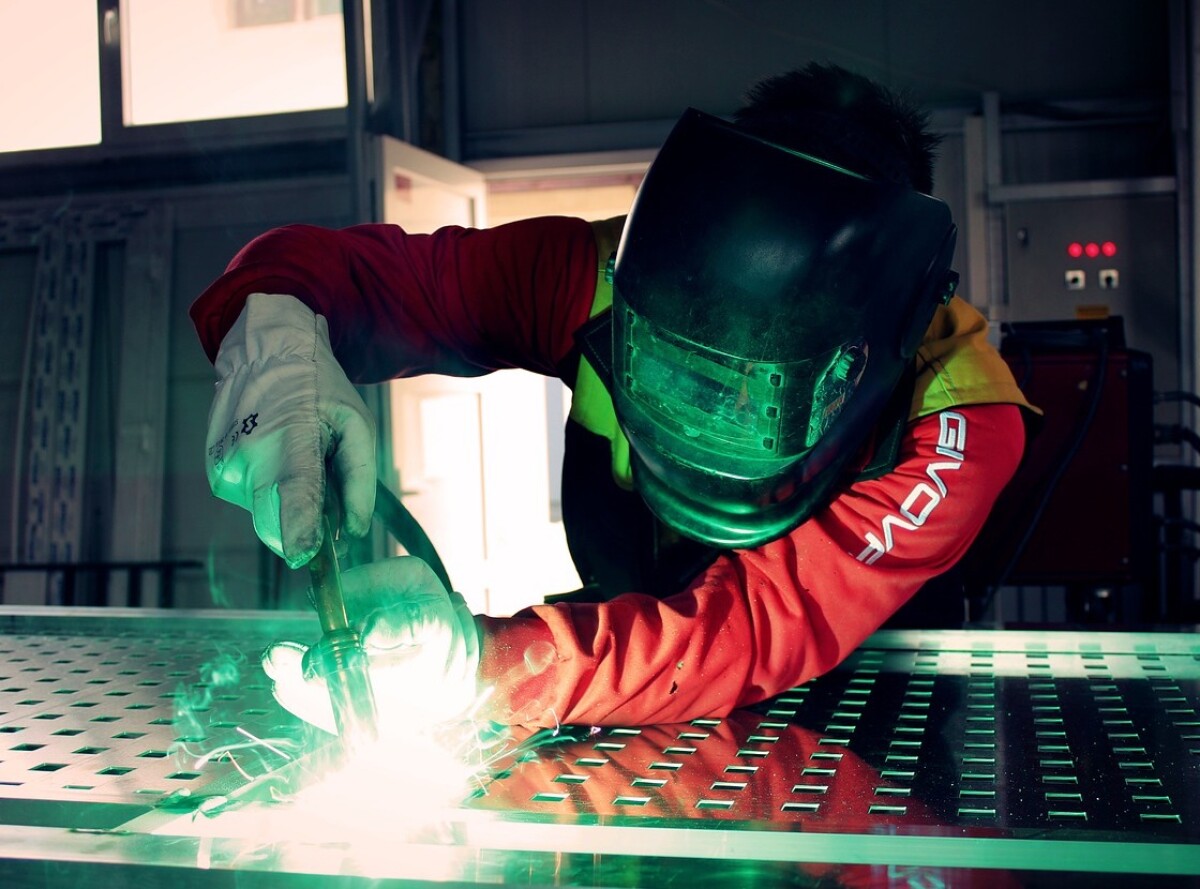Avoid These Prototype Pitfalls

Lately, we have been really busy with multiple products in the prototype stage of development. It used to be that companies were willing to license ideas based on the strength of the design concept, but things have changed over the last few decades. Most companies now want to see a fully functional prototype before they engage in licensing discussions. Potential partners are better able to visualize the market potential or manufacturability of your idea if they can hold a physical prototype in their own hands. Getting to a functioning prototype is a major milestone and it is not without its challenges.
Some ideas can be prototyped via 3D printing or traditional machine shop methods, but depending on the complexity of your idea, you may be looking for suppliers who can assist with R&D lab access, or you may need to buy components from off-shore manufacturers. The costs to create a prototype can start to climb if you are paying someone to experiment with innovative designs or materials. One way to curb those costs and build relationships that may help you down the road as you try to sell your idea, is to partner with a manufacturer or fabricator who will provide prototyping expertise for free or at a reduced cost, often with the expectation that there will be something in it for them in the long run.
When you are a new entrepreneur, you will always be looking for experts who can fill in gaps you may have in expertise. It can be tempting to agree to deals that trade a percentage of future revenue or a balloon payment upon sale of an idea before you really know what your idea is worth, and the prototype stage is one where that temptation is strongest. When you have a burning desire to get your idea turned into a working prototype. experienced players of the IP game may be able to take advantage of you, if you aren’t careful about the terms of the agreement. It is best to avoid situations where you are agreeing to long-term annuity payments, a percentage of profits, or locking in future exclusive rights to manufacturing or distribution.
Prototypes are best handled as either time and materials projects or under co-development agreements, where you agree to a sliding scale of fees based on the success of the prototype. For instance, you might work with a manufacturer who agrees to do some R&D on your design for a small fee, but you pay an additional fee when a successful prototype is delivered. If you are lucky and find a partner who believes in the market potential of your idea, or one who is interested in future development rights, they may be willing to provide R&D for free with the option to negotiate rights to the idea upon delivery of a successful prototype. Getting a prototype to function properly can take multiple iterations, so you may need to define how many rounds of development you are both willing to fund as part of a co-development deal.
We’ve been through many of these challenges and seen what works and what doesn’t. If you are interested in learning more about Invaluable Inventions’ patent portfolio or our consulting services to help entrepreneurs manage the patent and product development process, contact me at kemaal@invaluableinventions.com.
